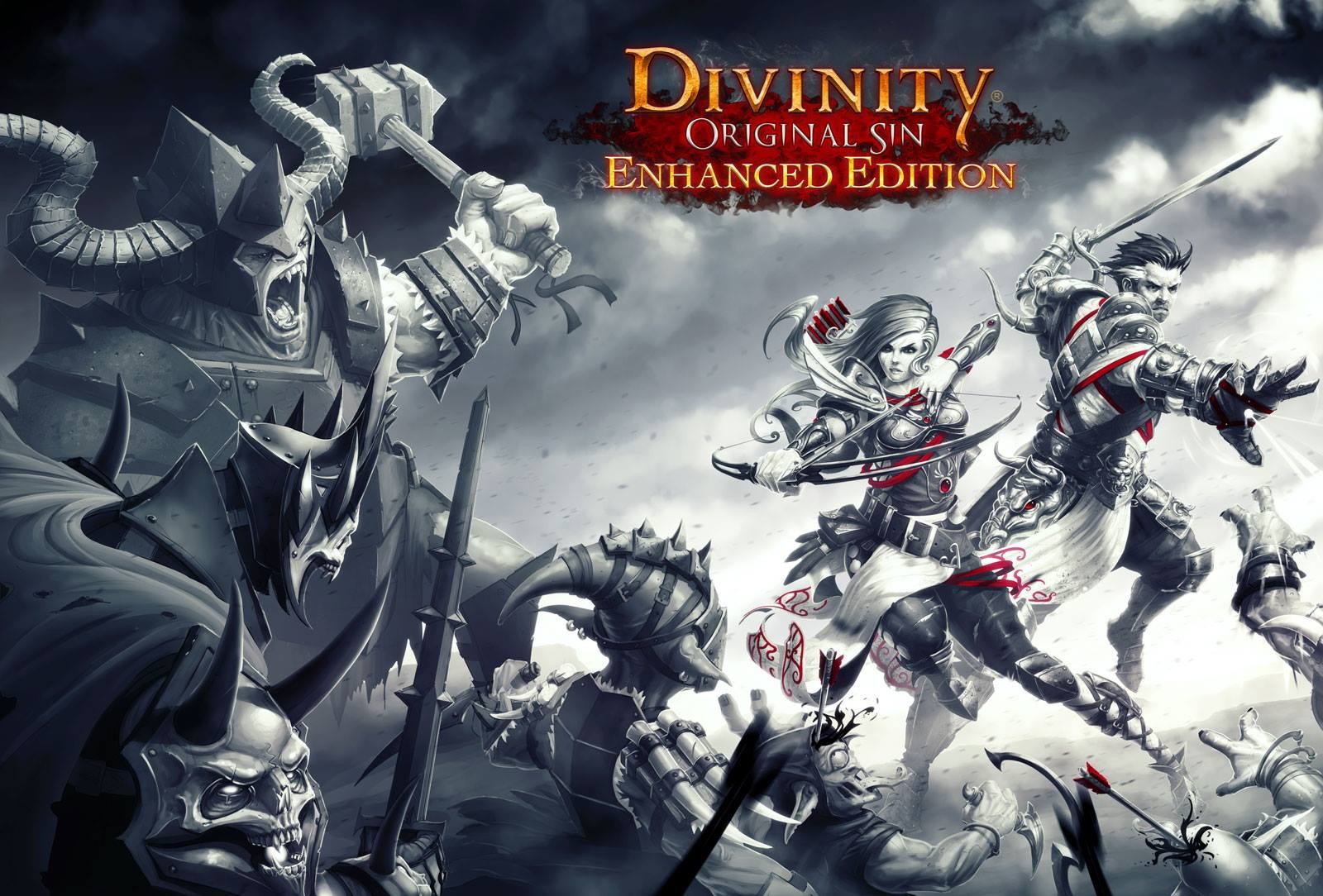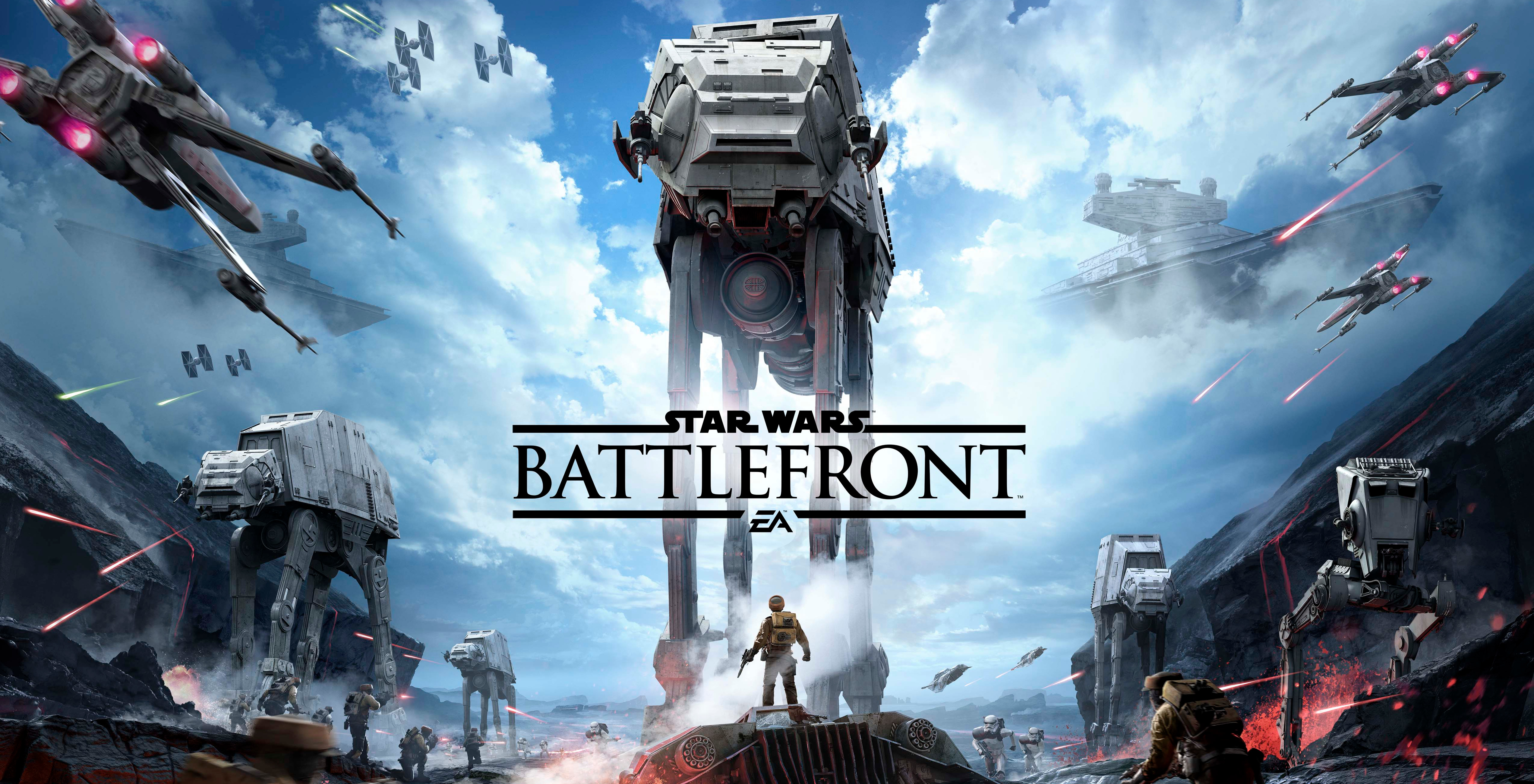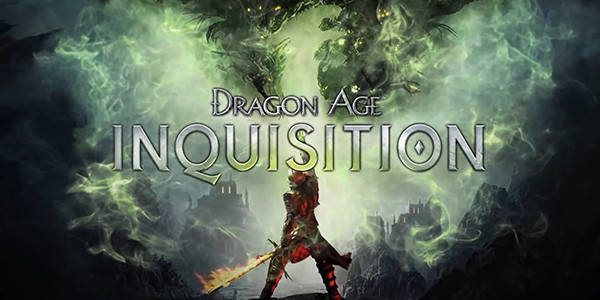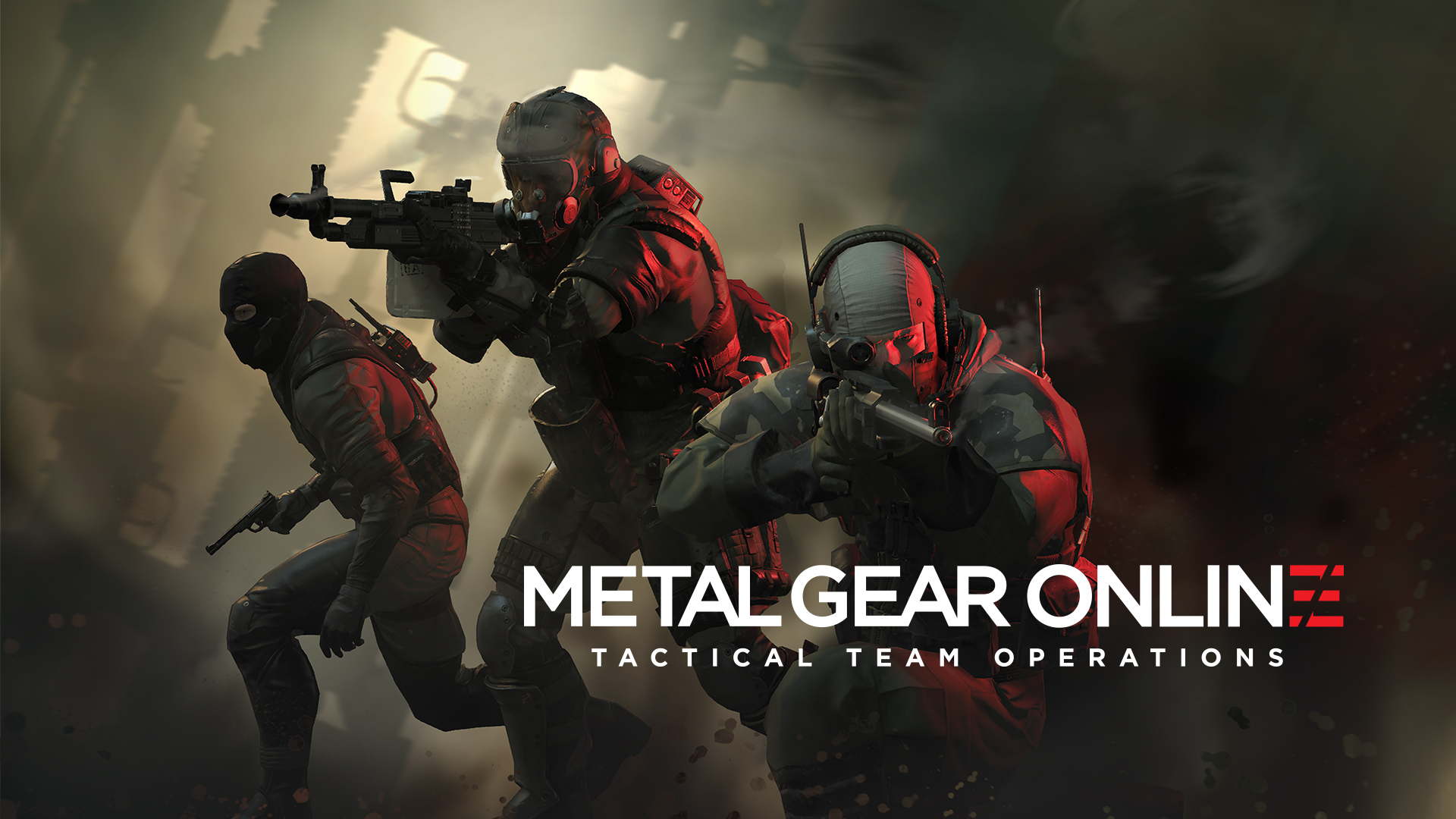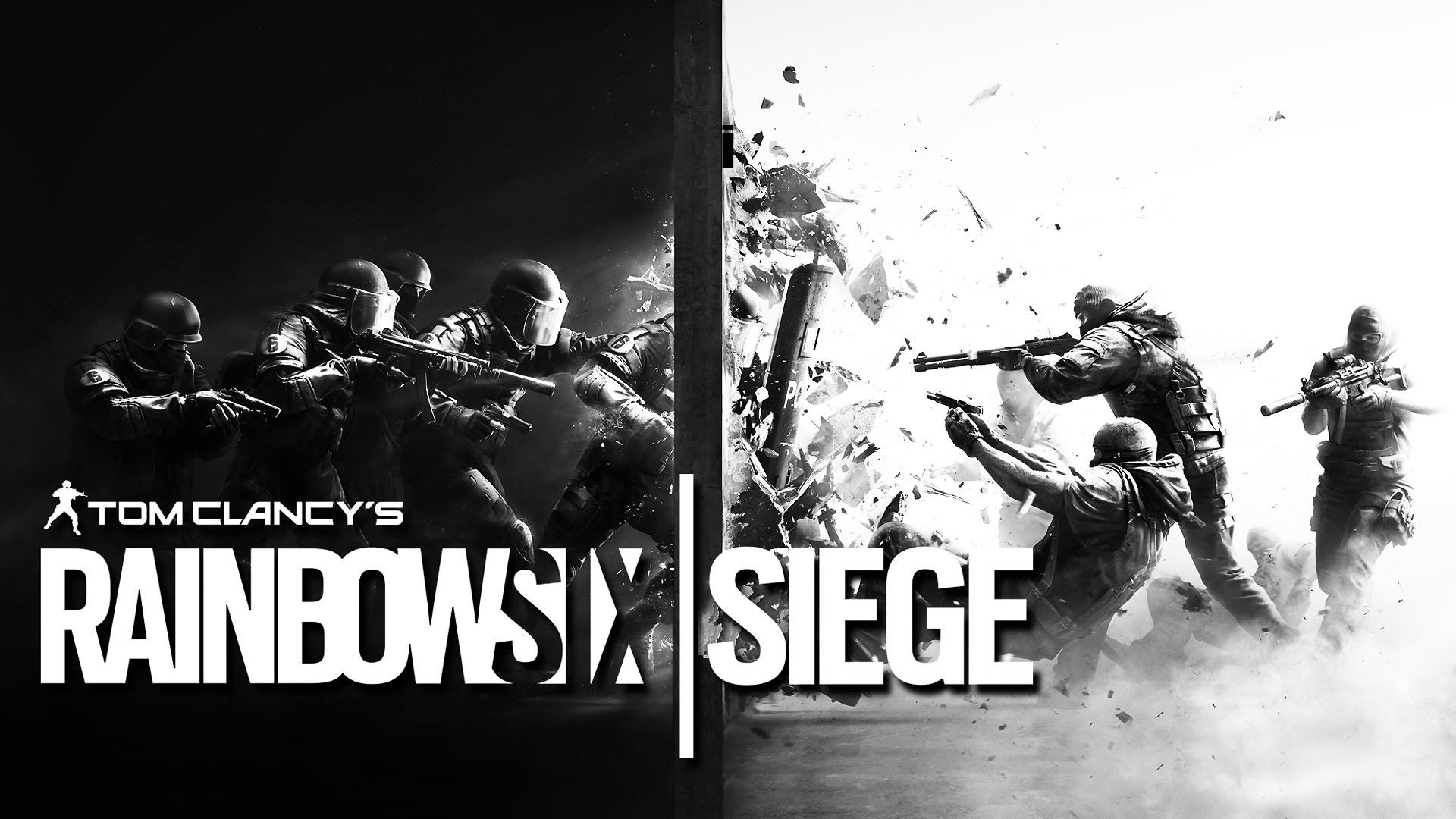Archive Post
Home / xbone
Divinity: Original Sin Enhanced Edition Review
This review was written using a digital copy of the game for PlayStation 4. There was…
EA’s Star Wars Battlefront Beta Surpassed 9 Million Users
Whether they jumped on for a short time and hated it or loved it and…
Dragon Age: Inquisition Game of the Year Edition | Review
Dragon Age is another in a strong list of BioWare franchises that has a strong,…
Tom Clancy’s Rainbow Six – Siege: A Closed Beta Report
Writers Note: This beta was reviewed using the PlayStation 4 copy of the game. There…

